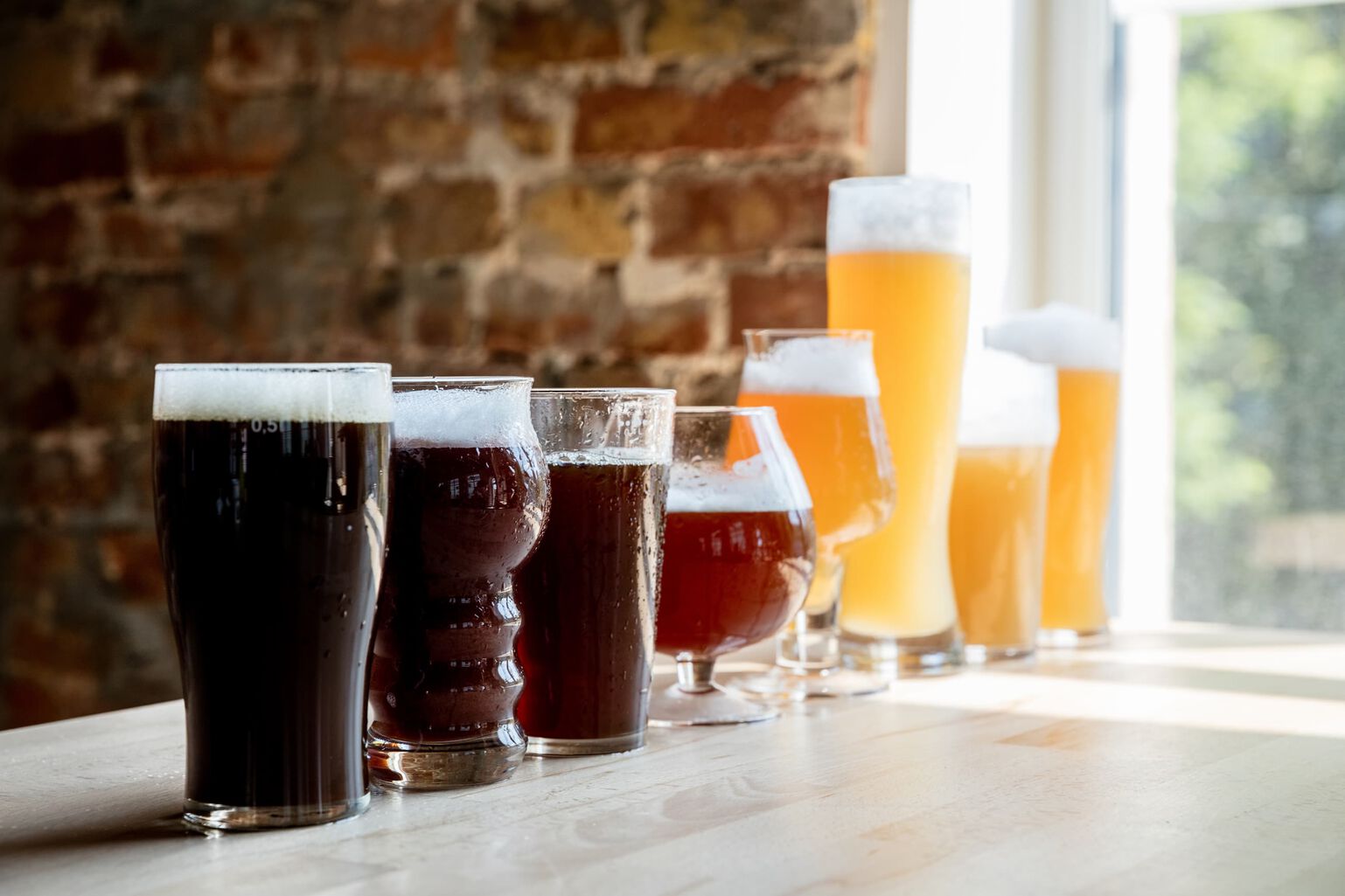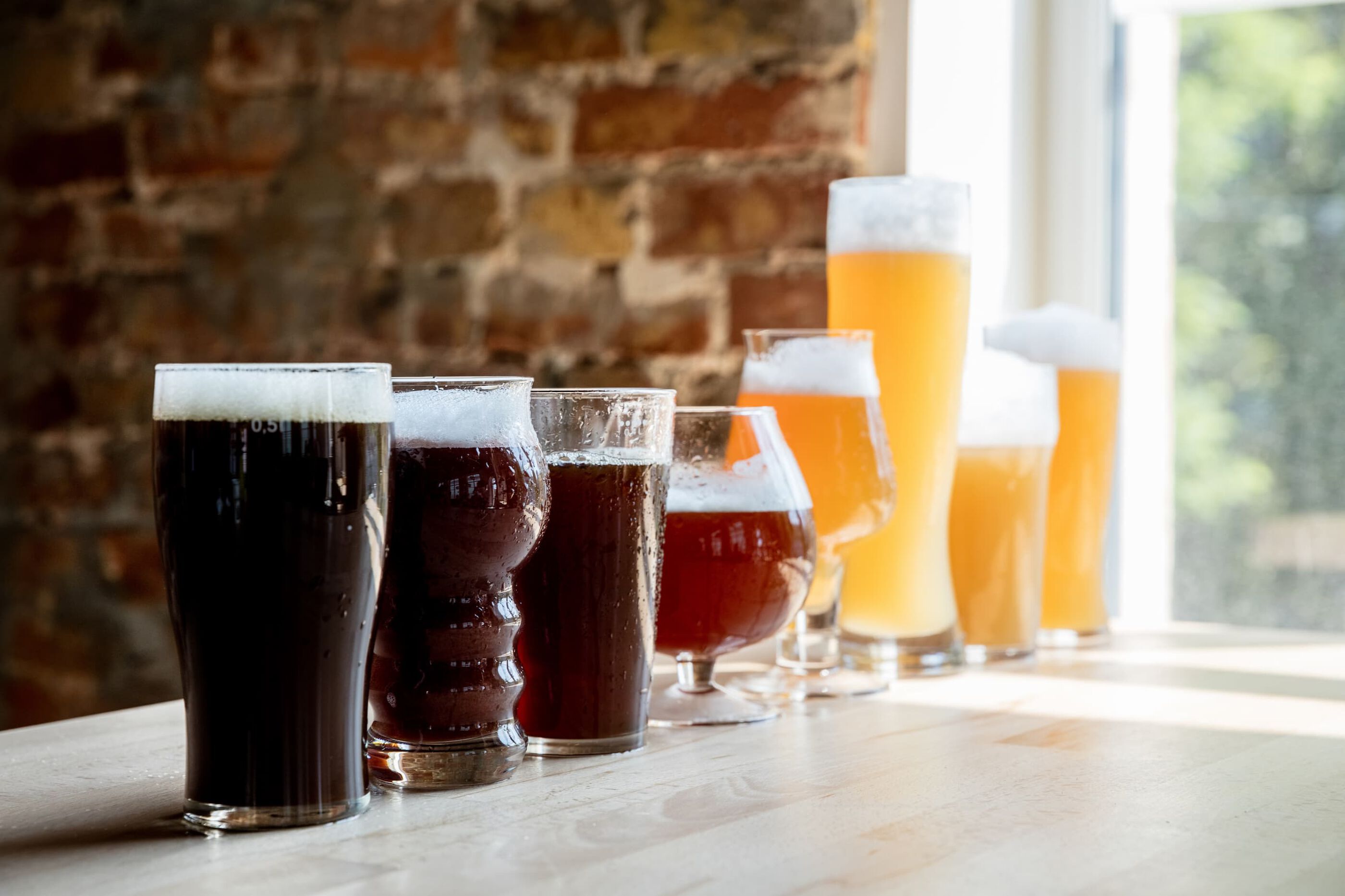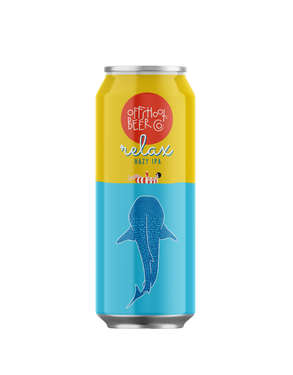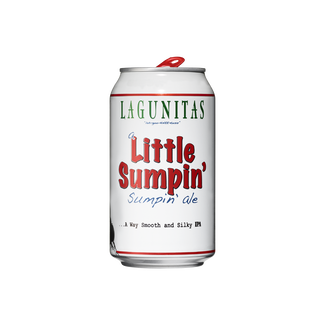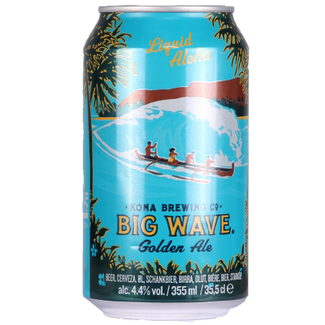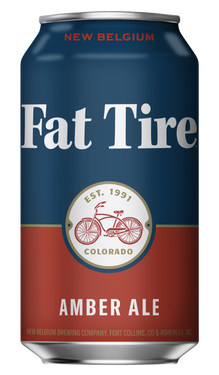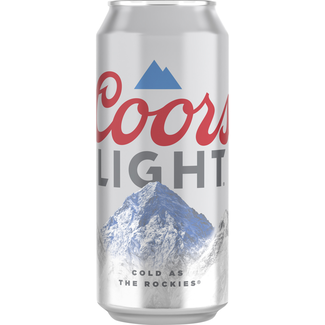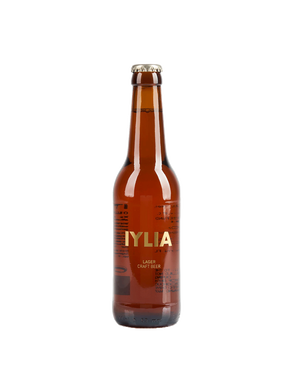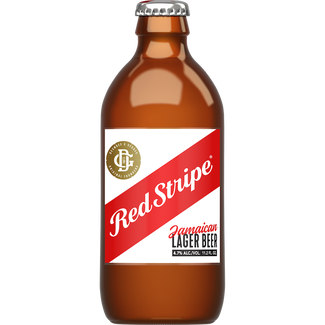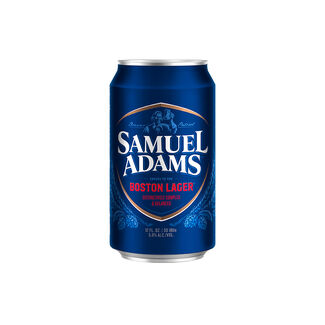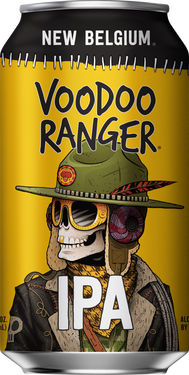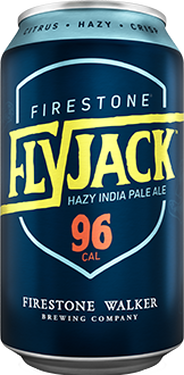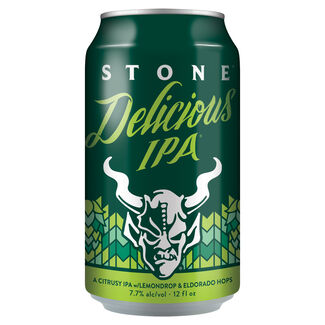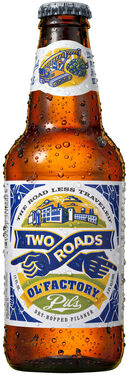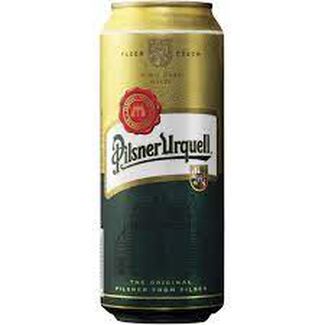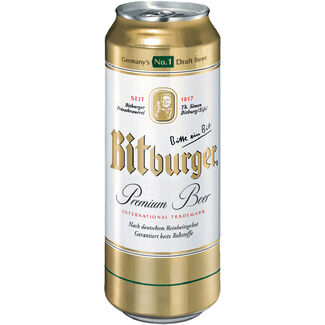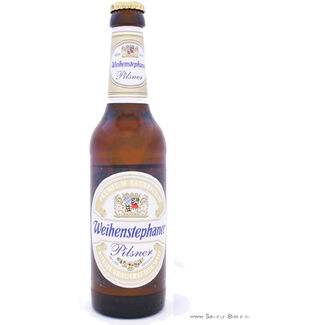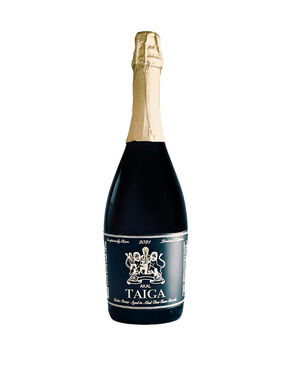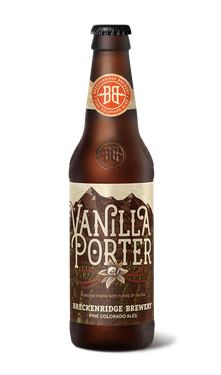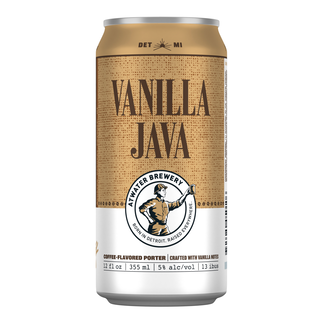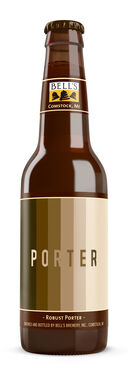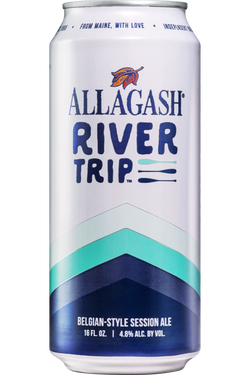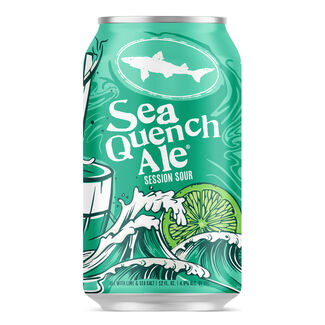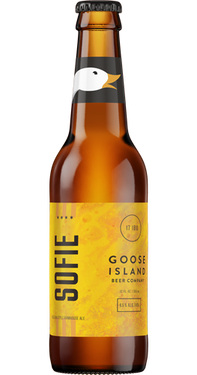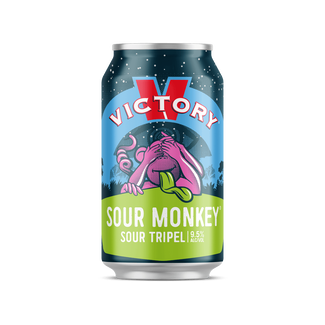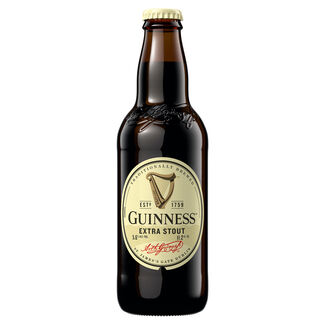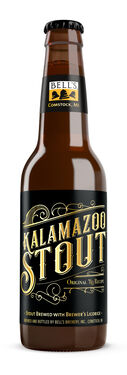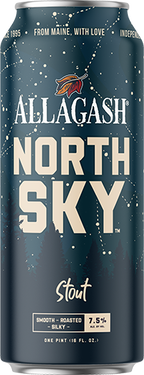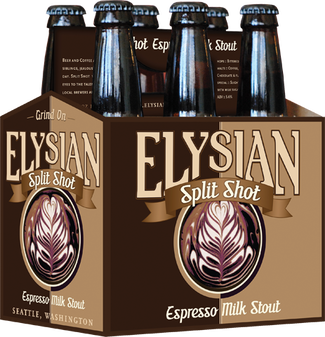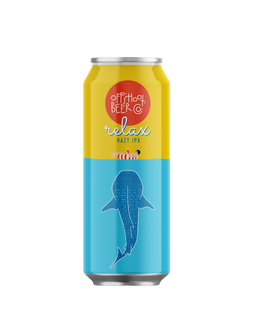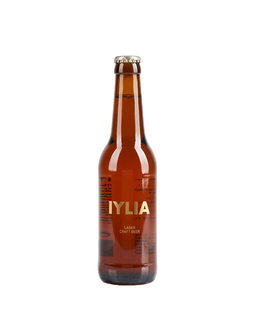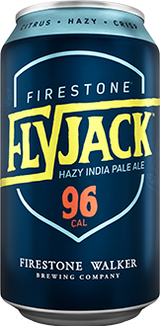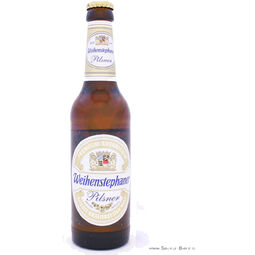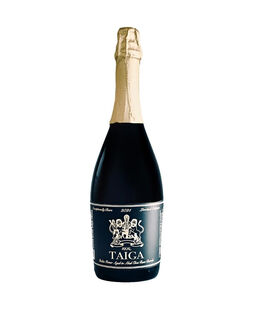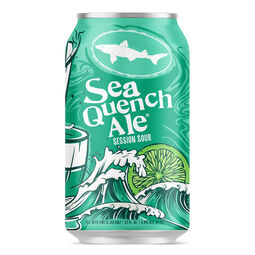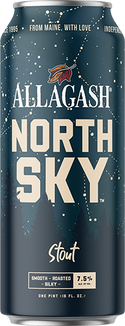Beer Basics
Understanding Beer Classifications: Lagers, Ales, Stouts, and Everything in Between
Siobhan Raies, Get Stocked Beer and RTD Contributor
It takes just four ingredients to brew beer — grain, hops, yeast, and water. Sounds simple enough, but today's limitless variety and styles tell a different story.
When it comes to choosing your beer, it can be just as complex as selecting a fine wine from a hefty wine list. With over 100+ styles to choose from, the options are endless and sometimes…overwhelming. Pick one out on a whim, and you could make the mistake of ordering the beer equivalent of a big, bold Cabernet when all you really want is a light, bright Pinot Noir.
But just like wine, once you understand the core varieties, picking out your next pitcher perfect brew will be a breeze.
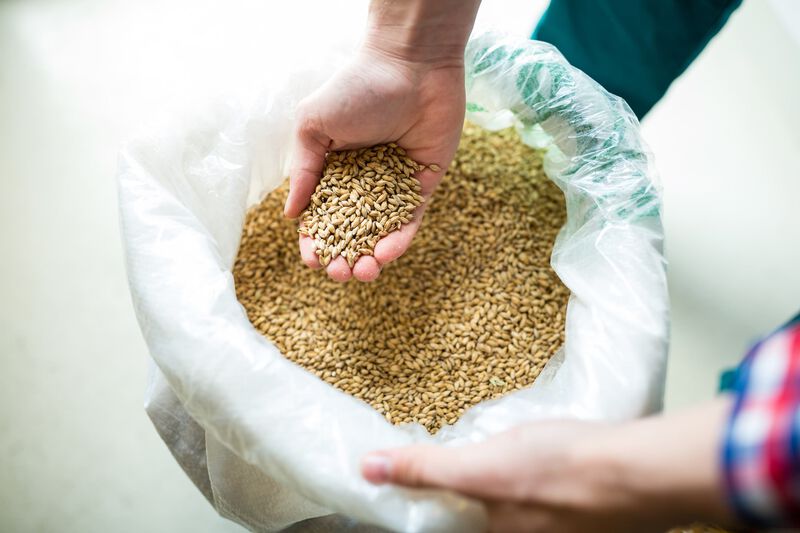
Two of a Kind
Virtually every kind of beer can be designated into one of two categories: an ale or a lager.
If you ask a brewer the fundamental difference between the two, it’s all down to the fermentation process of the magic ingredient: yeast. The strain and how it’s processed affect the flavor and aroma of your beer but not the color.
One myth that definitely needs busting is that dark beers are ales and light beers are lagers — a common misconception. The toasting of grain is what gives beer its hue, which can range from pale yellow to dark reddish-brown.
But back to our old friend, yeast. Ale uses top-fermenting strains, while lager uses bottom-fermenting strains, which for the curious beer drinker means absolutely nothing, so let me translate.
Ale
Ale was the first iteration of commercial beer and is perfect for those of us looking for a little more oomph of flavor. Its rich and fruity characteristics come from the top-fermenting strain of yeast that prefers a short fermentation process at room temperature. Historically, the yeast in ale was of the wild kind and used unknowingly to brew ale-style beer for thousands of years.
Fun fact: Back in the Middle Ages, ale was the only beer at the local pub as it was a quick and easy brew for Alewives — the historical term for the original master brewers: women.
Lager
If you find yourself by the pool on a hot summer’s day, there’s nothing like a crisp and refreshing light lager to whet your whistle. This is all thanks to the bottom-fermenting strain of yeast that prefers a long, cold fermentation process. It’s mellow, smooth, and often has a little more carbonation than ale, making it the perfect brew for the novice beer drinker.
IPA
Ahhh IPA aka Indian Pale Ales. They are a force to be reckoned with. They've blazed their way through the craft beer world, making a name for themselves among the most discerning beer drinkers. And while some shudder at the thought of their punchy, bitter reputation, others make it their mission to try every kind of IPA they can get their hands on.
It all comes down to hops — you may have heard the word "hoppy" thrown around in reference to beer, but what exactly does that mean? Hops are the green cone-shaped flowers that give beer its bitter, fruity flavor. IPAs are hops-forward and usually clock in at a higher ABV; however, this isn’t always the case.
If you're looking for something big and bold, IPAs are usually a fantastic bet, but don't let that scare you off. Within this style, the flavor spectrum is deliciously far-reaching. From crisp and fruity to heavy and intense, take your tastebuds for a ride on the IPA train. You might be surprised by what you find.
Pilsner
A pilsner is a quintessential style of lager. Known for its extra crisp and refreshing character, it's an easy sipper and perfect for any occasion, from park picnics to a backyard BBQ.
Originally born in the Czech city of Plzeň, this clean, simple brew is made of malty barley, bottom-fermenting yeast, and the secret ingredient, Saaz hops. The addition came about after the Czech brewers were stuck with a batch of spoiled lager. Although mild and delicate, it added a distinct herbal and spicy kick that has come to define the pilsner style.
Porter
Before stout came porter, the original malty dark ale originating in the UK. While not as robust as a stout, porter is a style made of malted barley rather than unmalted barley. Although lighter than a stout, it's still quite a hearty beer and leans chocolatey in flavor. For those who enjoy the darker side of the beer spectrum but are looking for a well-balanced brew, it goes down a treat in the colder months.
Sours
Sours — my personal favorite. These are, as you would expect, sour. The pleasant tartness comes from the addition of lactic acid added during fermentation. The result is a pucker-worthy beer that ranges in acidity. You'll find some that are fruit-forward or flavored for a sweeter style of beer. Whichever way you go, these are a delightfully bright choice for those dipping their toes into the beer world or perhaps to break up a fridge full of hopped-up IPAs.
Stout
To put it simply, a stout is a very dark ale brewed with unmalted, roasted barley. The first thing that likely comes to mind when most people hear the word stout is a tall, dark, and creamy pint of Guinness. If you've tried it, you'll be familiar with the roasted, toasty notes of this beer style; if not, I implore you to be a cliché and try one next St. Paddy’s Day.
While Guinness may give us a general idea of what characterizes a stout, there are many more to explore outside this brew. Irish stouts are drier, while sub-styles like oat stouts, milk stouts, coffee stouts, and more will lean sweeter, creamier, or more bitter and fuller-bodied. All lean heavier with a focus on rich coffee notes from the roasted barley.
Whether you're in pursuit of hoppiness or something a little more speci-ale, you can select your next brew with confidence. Lucky for you, we have plenty of great recommendations, no matter what style of beer you’re craving. Shop our entire beer collection here!
